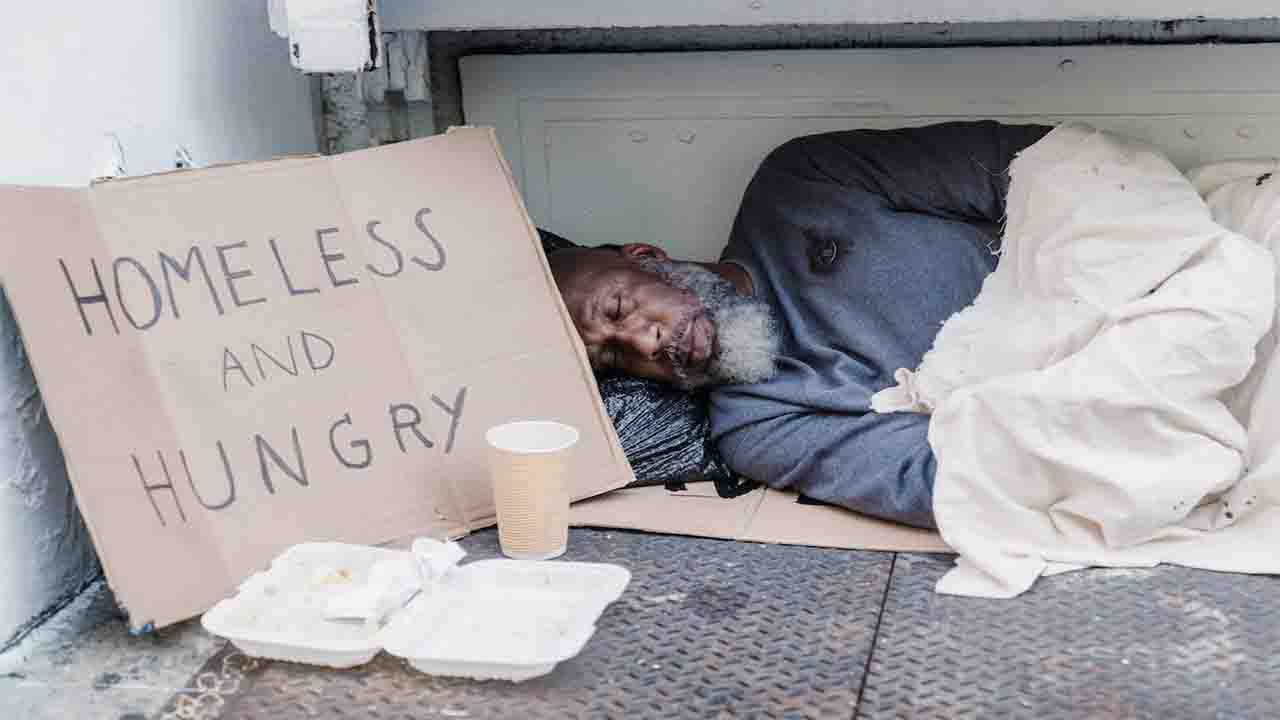Asia (common Wealth) _ According to the Asian Development Bank, the coronavirus epidemic and rising living costs have pushed about 70 million additional people in developing Asia into extreme poverty as of last year, undermining efforts to address deprivation.
The Asian Development Bank stated in a new research released on Thursday that an estimated 155.2 million people in developing Asia, or 3.9% of the region’s population, lived in severe poverty last year, 67.8 million more than would have been the case if the health and cost-of-living crises had not occurred. Developing Asia is made up of 46 Asian economies that omit Japan, Australia, and New Zealand.
The Asia-Pacific region is gradually recovering from the COVID-19 pandemic, but the rising cost of living is impeding progress toward poverty eradication, according to ADB Chief Economist Albert Park. According to 2017 data, extreme poverty is defined as earning less than $2.15 per day.
In most nations, inflation reached multi-year highs last year, owing to a resurgence in economic activity and an increase in supply chain disruptions. Price hikes impacted everyone, but the poor were struck the hardest since they had to spend more money on food and fuel, making it impossible for them to save money and pay for necessities such as health care and education.
Governments in the region can get back on track by boosting social safety nets for the disadvantaged and encouraging investment and innovation that offers chances for growth and jobs, according to Park. According to the ADB, developing Asia is on course to increase 4.8% this year compared to last, quicker than the prior year’s 4.2% expansion.
However, while developing Asian nations are likely to make headway in addressing poverty, the ADB predicts that 30.3% of the region’s population, or approximately 1.26 billion people, will remain economically vulnerable by 2030.
To explain the changes in poverty since the onset of the pandemic, we predict poverty using pre-pandemic growth estimates as a counterfactual series. The difference between the actual and counterfactual series captures the effects of the pandemic, primarily for 2020, and then adds additional factors such as the recovery (which was greater than projected in some countries), inflationary pressures, and the situation in Ukraine, primarily for 2022.
The baseline method assumes that rising prices affect all households in a country equally. Nonetheless, we know that in February, 80% of countries with data saw higher food inflation than non-food inflation. We also know that poorer households spend a bigger proportion of their resources on food than on non-food items.
This indicates that poorer households are likely to be hurt harder by present inflationary pressures, which our baseline method does not account for. As a result, our baseline estimate of the impact of the developing crises on global poverty may be too low. Unfortunately, the inflation data and household survey data required to determine how rising prices affect each household are not currently accessible.
One method for quantifying the unequal impact of greater food inflation is to alter the inflation shocks experienced by the top and bottom of the income distribution while maintaining the average real income growth constant. We employ the most unequal effects discovered in a simulation of current food price rise in 53 nations to build a “pessimistic” global future.
This means that the bottom 40% of each country will face three percentage points higher inflation than the top 60%. It approximately corresponds to food inflation being twice as high as non-food inflation across 36 Sub-Saharan African countries.
The trends in worldwide poverty under the baseline and pessimistic inflation scenarios. The number of persons living in extreme poverty in 2022 is anticipated to be between 657 million and 676 million under these two scenarios. Prior to the commencement of the pandemic, we projected 581 million impoverished people in 2022.
This indicates that, compared to pre-pandemic forecasts, the COVID-19 problem, rising inflationary pressures, and the Ukraine conflict will push an additional 75 million to 95 million people into poverty this year.








